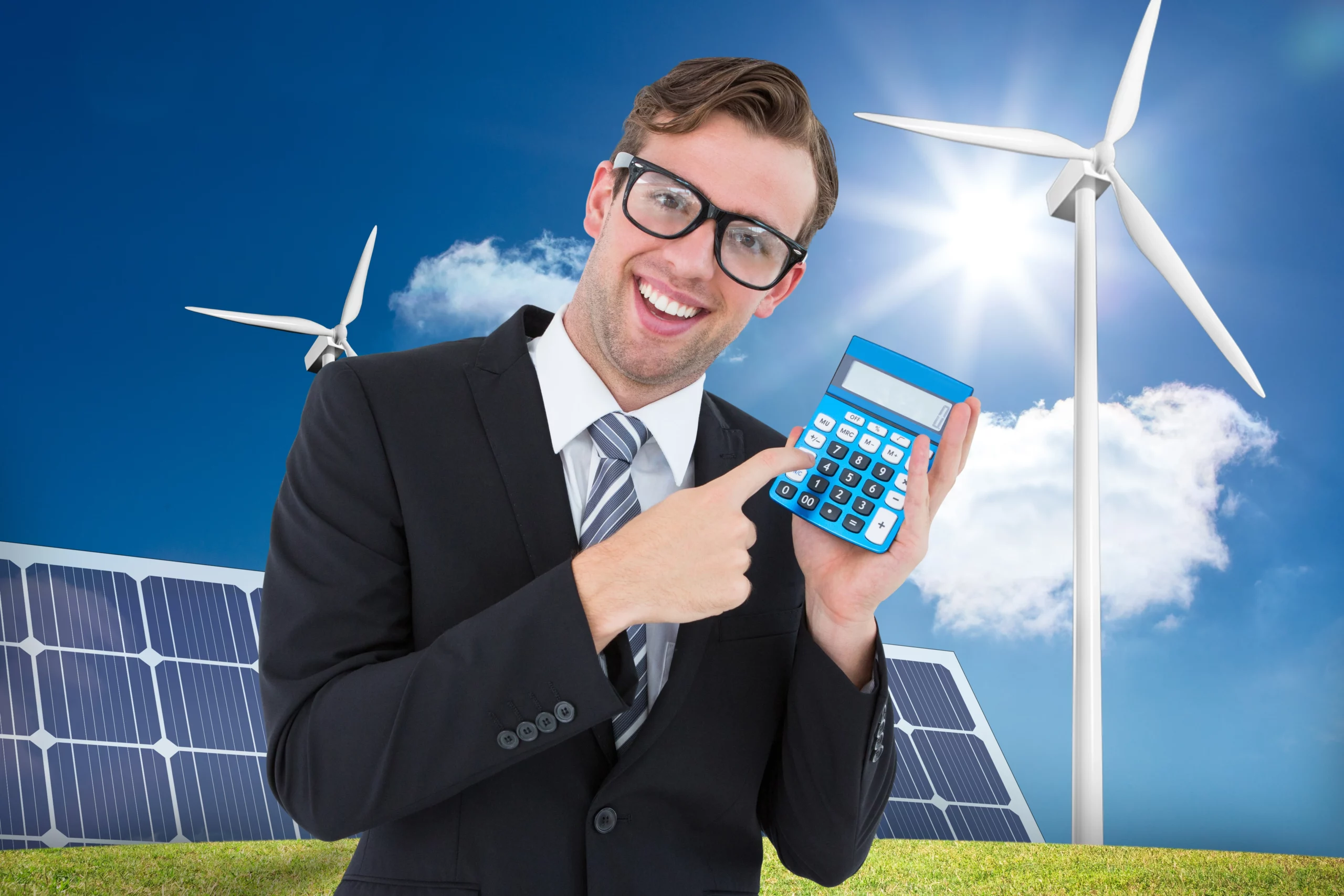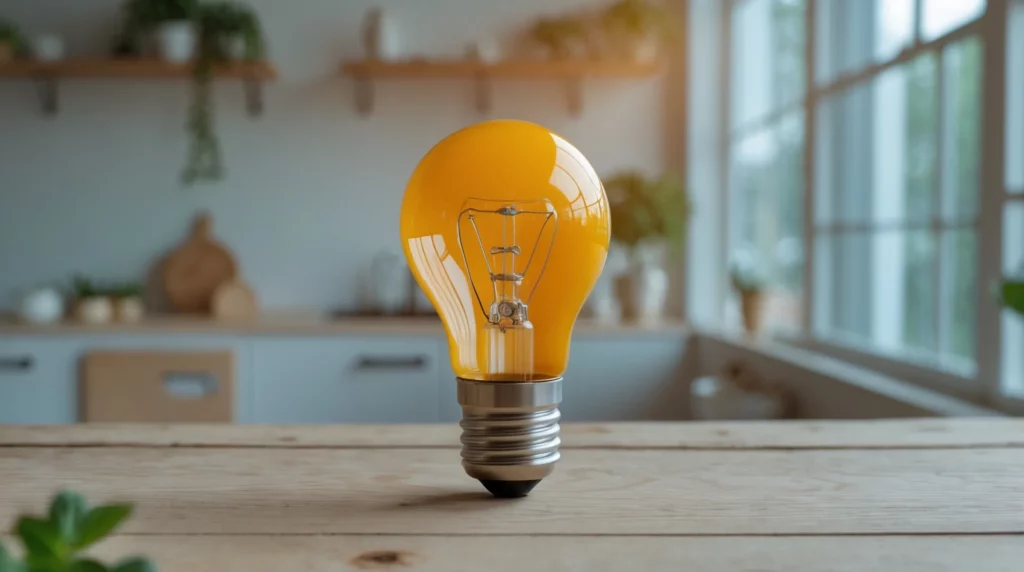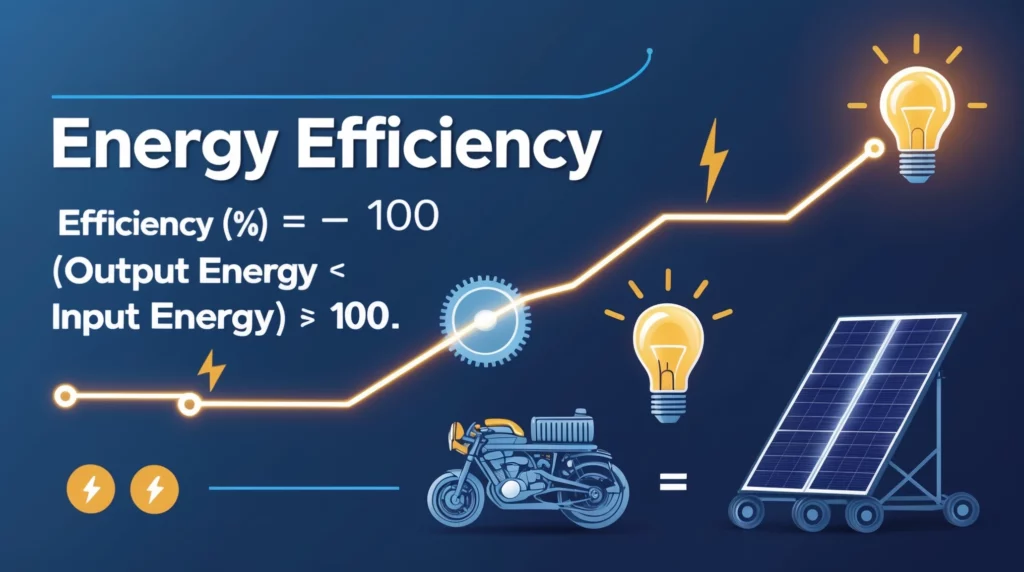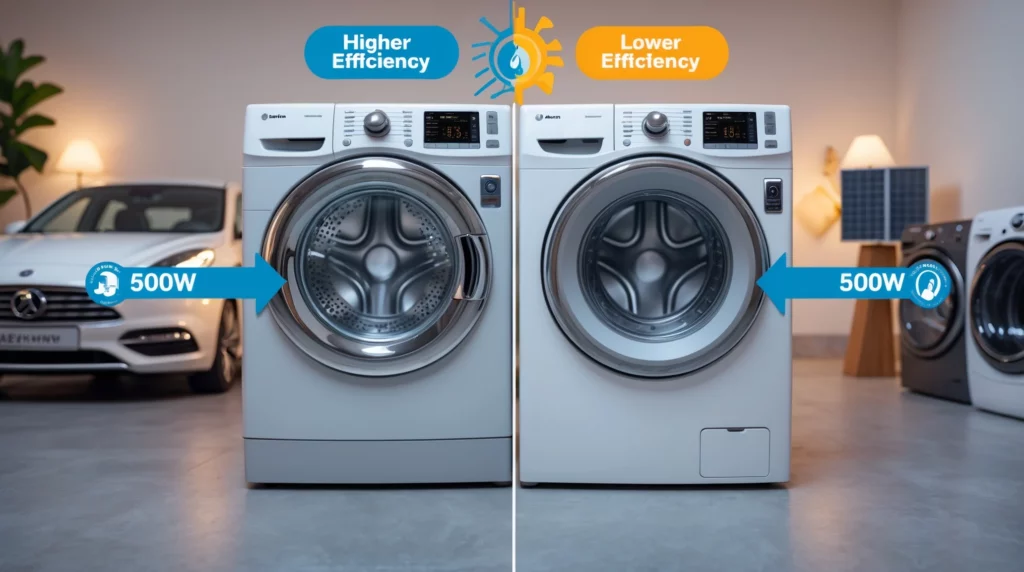
13 Oct How to Calculate Energy Efficiency | Cksidaho
Energy efficiency shows how well energy is used without being wasted. It tells us how much of the energy we put into a system, device, or process is turned into useful output. Knowing how to calculate energy efficiency helps you save money, lower energy use, and protect the environment. This guide explains what energy efficiency means, the formulas used to measure it, and how you can apply these calculations at home or work. We’ll also look at electrical and power efficiency, percent efficiency formulas, and ways to improve your results. Whether you’re a student, homeowner, or business owner, you’ll find this step-by-step explanation simple and useful.
Understanding What Energy Efficiency Really Means

Energy efficiency means using less energy to perform the same task. It’s about reducing energy waste while getting the same or better results. For example, an energy-efficient light bulb uses less electricity than a traditional bulb but gives off the same amount of light.
The basic idea behind efficiency is to make sure that most of the energy you use becomes useful output instead of wasted heat or motion. In homes, offices, or factories, improving energy efficiency means saving power, cutting costs, and helping the planet. Understanding how to calculate energy efficiency helps you see how much energy is being used effectively and where it’s being lost.
Why Energy Efficiency Matters for You
Energy efficiency isn’t just about technology; it’s about making smart choices. When we calculate energy efficiency, we understand how much energy goes into something versus what we get out. For example, if a motor uses 100 units of energy but only 80 units become useful work, its efficiency is 80%.
This knowledge helps reduce waste and lower bills. Using efficient systems also protects the environment by cutting greenhouse gas emissions. For homes and businesses, especially those working with heating, cooling, or lighting systems, calculating energy efficiency ensures performance and savings go hand in hand.
When you know how to figure out efficiency, you can compare products and systems better. Choosing energy-efficient equipment often costs more at first but saves money in the long run.
The Basic Equation for Efficiency Explained
To start, let’s understand the equation for efficiency. The standard formula is simple: Efficiency=Useful Energy OutputTotal Energy Input×100\text{Efficiency} = \frac{\text{Useful Energy Output}}{\text{Total Energy Input}} \times 100Efficiency=Total Energy InputUseful Energy Output×100
This efficiency formula helps calculate how well energy is converted from input to output. If a machine uses 200 joules of energy and produces 150 joules of useful work, its efficiency is: Efficiency=150200×100=75%\text{Efficiency} = \frac{150}{200} \times 100 = 75\%Efficiency=200150×100=75%
That means 75% of the energy is useful, and 25% is wasted. This calculation works for any device that consumes energy, such as engines, heaters, or electrical appliances.
The Standard Energy Efficiency Formula

The energy efficiency formula gives a clear picture of how much energy is used effectively. It’s a vital part of physics and engineering. Every system—from home appliances to power plants—uses some version of this formula to measure performance.
Another way to write it is: Efficiency (%)=Output EnergyInput Energy×100\text{Efficiency (\%)} = \frac{\text{Output Energy}}{\text{Input Energy}} \times 100Efficiency (%)=Input EnergyOutput Energy×100
By applying this, you can find how to calculate energy efficiency in simple steps. Even though not all energy input becomes useful output, the goal is to make that ratio as high as possible.
When comparing systems, the one with the higher percentage is more energy-efficient. This is why modern technologies focus on improving these ratios—more light, motion, or power for less energy used.
How to Calculate Energy Efficiency Step by Step
Here’s a clear way to calculate energy efficiency in real life:
- Identify the total energy input.
This is the energy supplied to the system. For example, if a heater consumes 1,000 joules of electricity, that’s the input. - Measure the useful energy output.
This is the energy converted into useful work, like heat or motion. If 850 joules are used for heating, that’s the output. - Use the efficiency equation.
Apply the formula: Efficiency=8501000×100=85%\text{Efficiency} = \frac{850}{1000} \times 100 = 85\%Efficiency=1000850×100=85%
This means your heater converts 85% of its input into useful heat energy. The remaining 15% is lost, often as heat escaping through walls or air.
Understanding how to work out energy efficiency helps people make smarter energy choices, whether at home or in business.
Understanding the Percent Efficiency Formula
The percent efficiency formula expresses how effectively energy is used as a percentage. A 100% efficiency would mean no energy is lost, but that’s impossible in reality. Every real system loses some energy due to heat, friction, or resistance.
The formula looks like this: Percent Efficiency=(Useful Output EnergyInput Energy)×100\text{Percent Efficiency} = \left( \frac{\text{Useful Output Energy}}{\text{Input Energy}} \right) \times 100Percent Efficiency=(Input EnergyUseful Output Energy)×100
For example, a light bulb using 100 joules to produce 20 joules of light has a 20% efficiency rate. The other 80 joules are lost as heat.
By using this method, we can compare different devices and find which ones give more output for the same input. This helps improve energy performance and reduce waste.
Energy Efficiency Equation in Real-World Use

Now that you understand how to calculate energy efficiency, let’s apply it.
Imagine two washing machines. Both use 500 watts of power, but one cleans better and runs faster. That machine has higher energy efficiency because it delivers more useful output from the same energy input.
The energy efficiency equation enables engineers to test machines, vehicles, or entire buildings. For cars, it measures how much fuel energy becomes motion. For power plants, it shows how much fuel becomes usable electricity.
By calculating efficiency, designers can see where energy is lost and how to make systems better.
Electrical and Power Efficiency Formulas Simplified
Electrical systems have their own formulas for electrical efficiency and power efficiency. They measure how much electrical energy turns into useful work or power output. Electrical Efficiency=Output PowerInput Power×100\text{Electrical Efficiency} = \frac{\text{Output Power}}{\text{Input Power}} \times 100Electrical Efficiency=Input PowerOutput Power×100
For example, if a motor uses 1,000 watts of electricity and produces 900 watts of mechanical power, its efficiency is: 9001000×100=90%\frac{900}{1000} \times 100 = 90\%1000900×100=90%
That’s very efficient.
In industries, calculating the power efficiency equation helps track performance. A well-maintained system uses less electricity, reducing both energy bills and carbon footprints.
Cksidaho often helps businesses understand these formulas and improve their systems, ensuring reliable performance and lower costs.
How to Work Out and Improve Energy Efficiency

Knowing how to work out energy efficiency is useful, but improving it is even better. Here are simple ways to boost energy efficiency in your home or workplace:
- Upgrade to energy-efficient appliances. Look for labels showing Energy Star or similar certifications.
- Fix leaks and insulation issues. Proper insulation keeps your heating and cooling systems from overworking.
- Maintain machines regularly. Clean filters, replace worn parts, and check performance often.
- Switch to LED lighting. LEDs use less power and last longer.
- Monitor energy use. Smart meters help track consumption and spot waste.
Improving efficiency doesn’t just save money; it helps protect natural resources.
Energy Efficiency Evaluation and Conversion in Idaho Falls
For homeowners and businesses in Idaho Falls, understanding energy efficiency evaluation and conversion is essential. Evaluating your energy systems helps you see where improvements can be made.
An energy efficiency evaluation might include checking insulation, lighting, heating systems, and electrical devices. Professionals use instruments to measure how energy flows and where it’s lost.
Energy efficiency conversion means replacing older, wasteful systems with efficient alternatives. This might include upgrading heating units, switching to better lighting systems, or installing renewable energy sources like solar panels.
With rising energy costs, calculating energy efficiency at home or in the workplace ensures you’re not paying for wasted energy.
Final Thoughts: How Cksidaho Helps You Maximize Efficiency
Energy efficiency affects everything around us — from household bills to the environment. Learning how to calculate energy efficiency gives you the power to make better decisions.
When you apply formulas like the energy efficiency equation, power efficiency formula, or percent efficiency formula, you gain insight into how well energy is being used. Even small improvements can lead to big savings over time.
Cksidaho is dedicated to helping customers understand and apply these principles in real life. From educational resources to professional evaluations, their goal is to make energy efficiency simple, measurable, and achievable for everyone.
Want to see how much energy you can save?
Contact Cksidaho today for an energy evaluation and learn how simple changes can make your home or business more efficient and cost-effective.
